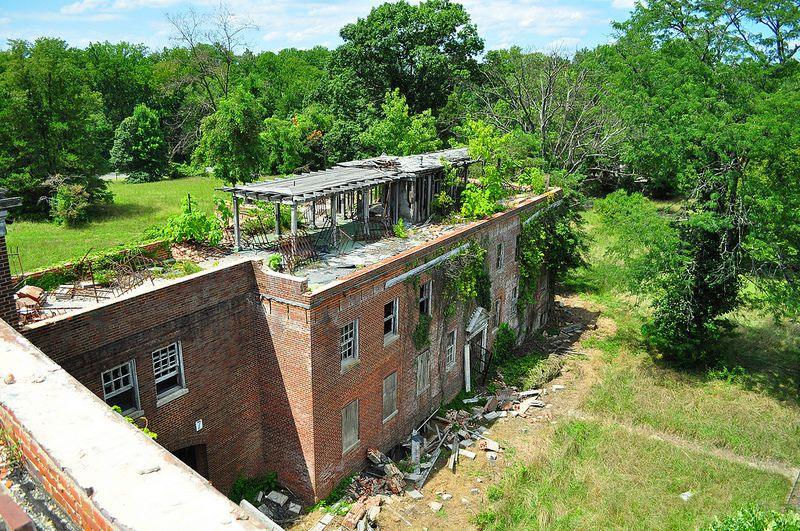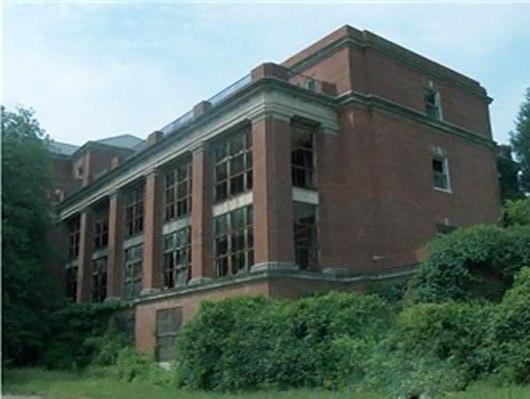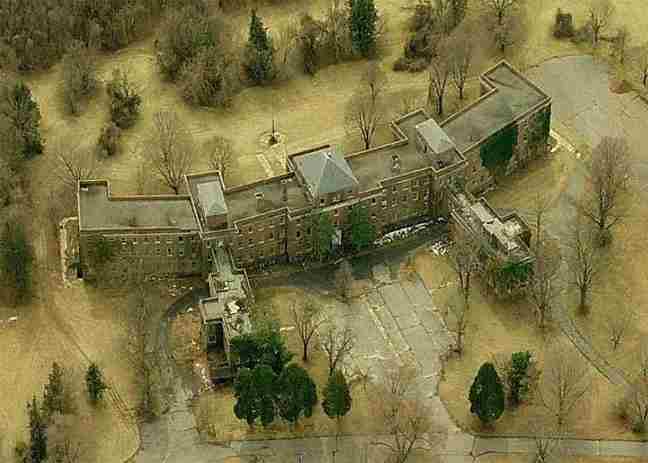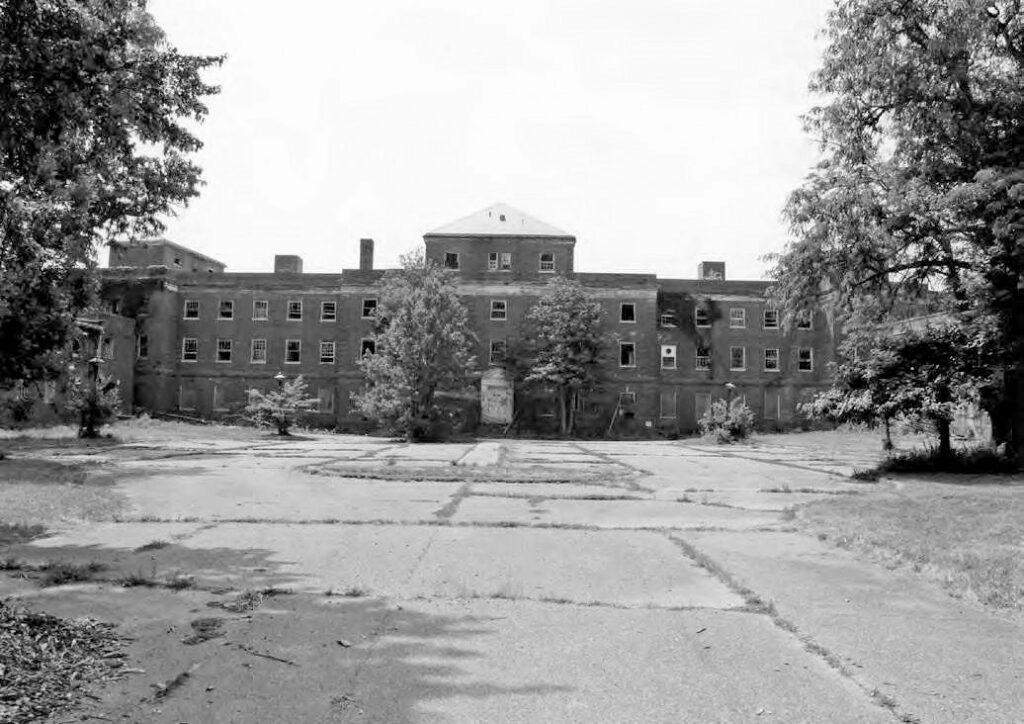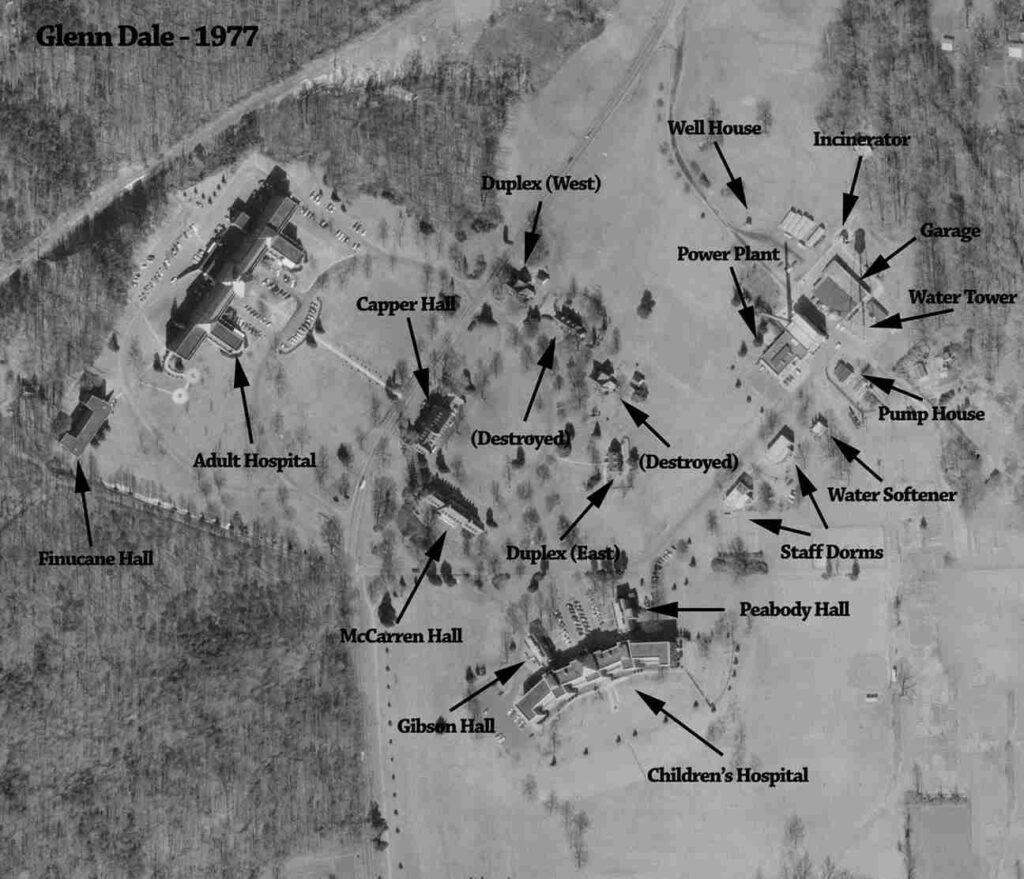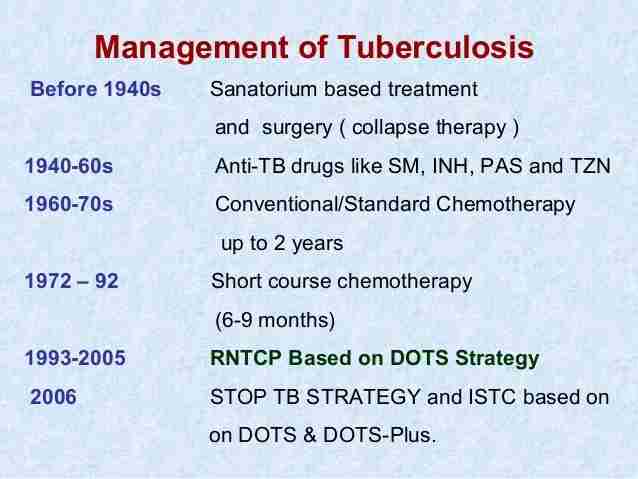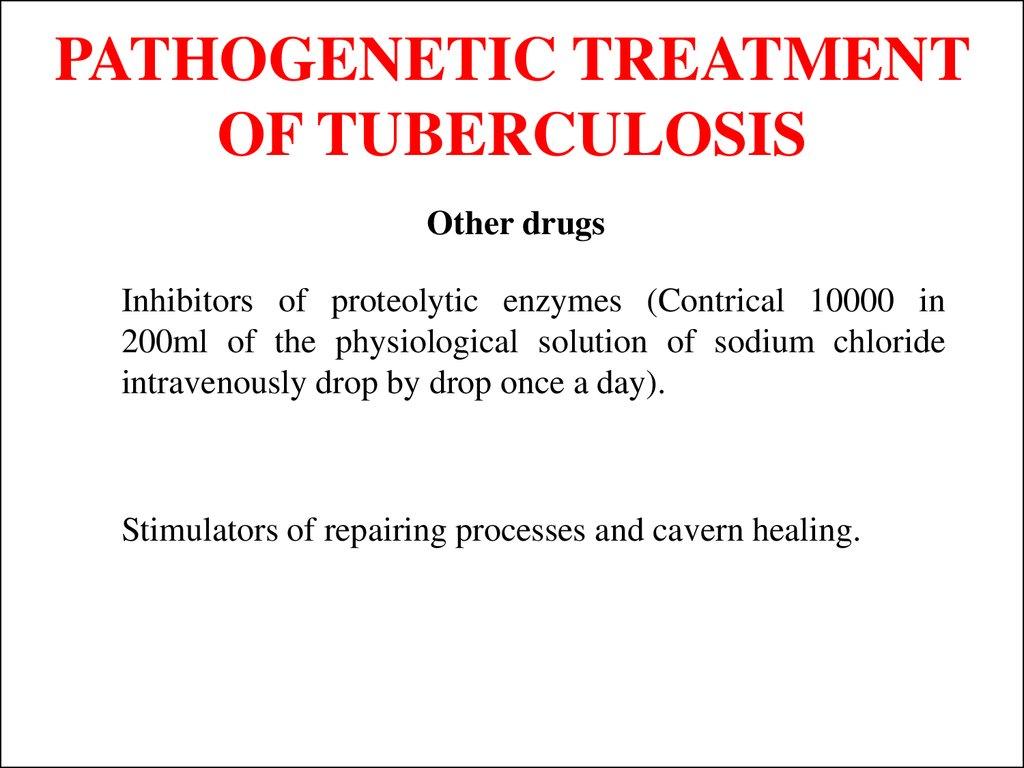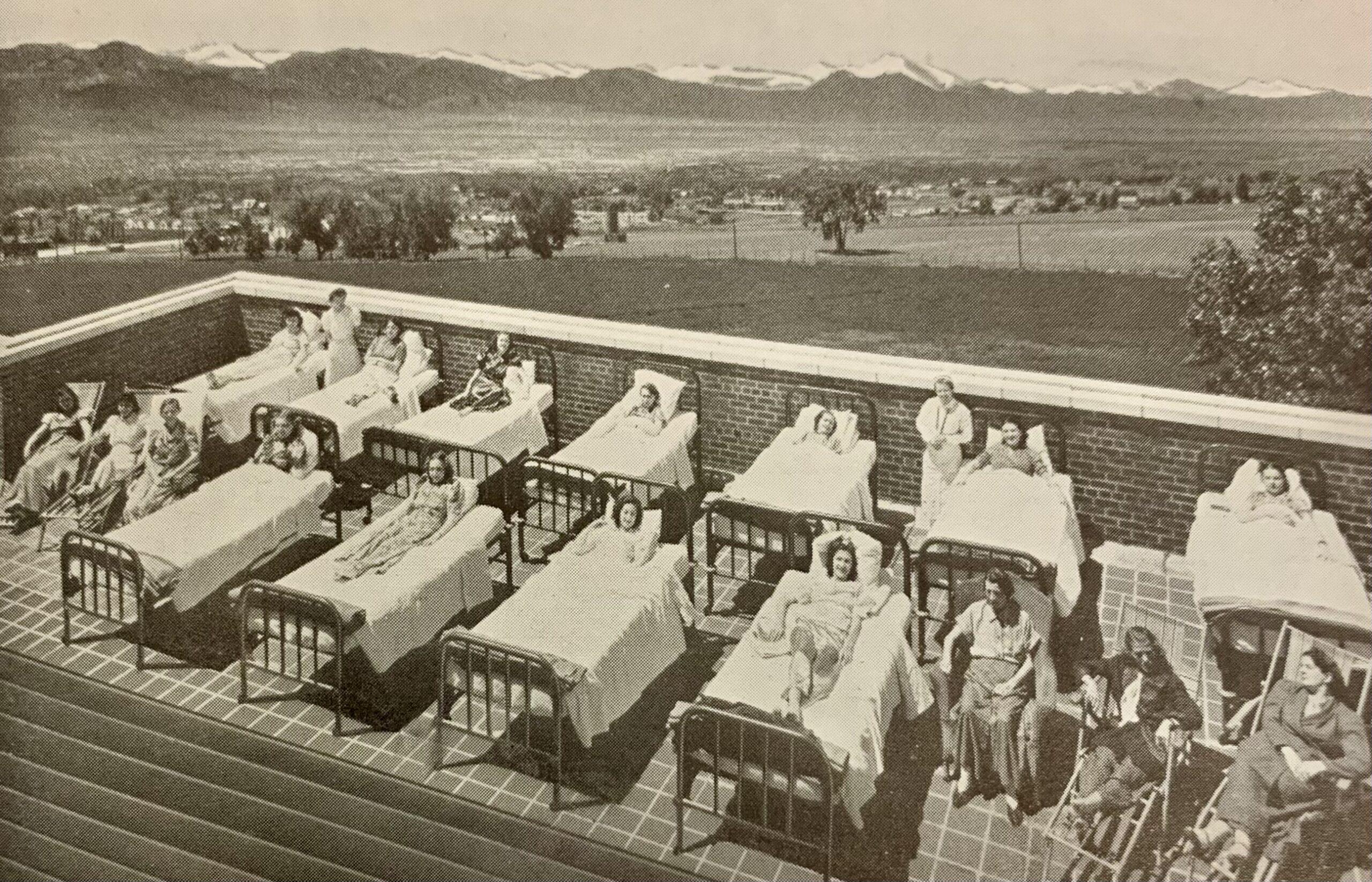‘Prolonged high fever cures cancer.’ – adapted per Dr Tom Cowan
Glenn Dale Tuberculosis Sanatorium: Rooftop Sunlight, Cellular Charge, and Heat as Medicine
Introduction
Glenn Dale Tuberculosis Sanatorium in Maryland was designed around air, light, and rest. Its rooftop solariums and sunbathing decks were not decorative—they were central to treatment. Patients were literally wheeled onto roofs and porches to lie in the sun and open air for hours each day.1(abandonedspaces)
This post:
- Traces how Glenn Dale’s rooftop “sun cure” fits into early 20th-century open-air TB therapy
- Connects that to modern and alternative ideas about heat and fever as cancer therapy (Tom Cowan, Coley’s toxins, hyperthermia)
- Brings in Jerry Tennant’s “healing is voltage” model and Gerald Pollack’s “fourth phase of water” to propose a cell-as-battery framework where sunlight + warmth + grounding can increase cellular charge
- Outlines how these strands could support the hypothesis that sunlight and warmth are not just “nice” but physiologically charging and potentially anti-cancer
This is a historical and theoretical exploration, not medical advice.
Glenn Dale TB Sanatorium and Rooftop Solariums
Design for air, light, and heliotherapy
Glenn Dale Hospital and Sanatorium, opened in the 1930s in Prince George’s County, Maryland, functioned as a tuberculosis facility for adults and children serving Washington, D.C. It was laid out as a campus of separate pavilions with connecting corridors, porches, and dedicated children’s buildings, set on a large rural tract to maximize air circulation and distance from the city.1(abandonedspaces)
Architectural descriptions emphasize:
- A dedicated solarium,
- Roof gardens,
- Sunbathing areas built on the roofs of patient buildings so that heliotherapy—therapeutic sunlight exposure—was integral to care.1(abandonedspaces)
That is: the roof itself was a treatment ward. Patients were taken up to the rooftop decks and exposed to direct sunlight and open air, often in reclining chairs or beds, under blankets in cold weather.
Open-air therapy and daily schedule
While detailed day-by-day Glen Dale charts are not easily available, TB “open-air cure” regimens from the same era are reasonably well documented:
- At Trudeau Sanatorium in Saranac Lake (a major model for others), patients progressed from strict bed rest indoors to long periods on porches and verandas. Historical accounts describe 8–10 hours per day outside, in reclining chairs, regardless of season, wrapped in robes or blankets in winter.2(Claude Moore Library)
- The broader “open-air treatment” movement for TB explicitly prescribed maximum time outdoors, with wards built as balconies, verandas, or roof decks so beds could simply be rolled into fresh air and sunlight.3(Wikipedia)
Given Glenn Dale’s design—sun decks, solarium, roof gardens—the simplest reading is that it implemented the same standard TB regimen:
- Morning: Patients brought to porches or rooftop decks soon after breakfast
- Midday: Continued rest in open air, with awnings or blankets to manage wind and harsh midday sun
- Afternoon: Extended outdoor time until evening, weather permitting
In practice this meant multi-hour (often most-of-the-day) exposure to open air and substantial cumulative daily sunlight during long hospital stays.
Rooftop Solariums as Passive Hyperthermia
Fever, heat, and cancer: from Coley to modern hyperthermia
Historically, clinicians noticed that spontaneous high fevers sometimes preceded tumor regression. William Coley in the late 19th century deliberately induced fevers in cancer patients using mixed bacterial toxins; case series document dramatic remissions in some otherwise fatal sarcomas.4
Modern reviews of fever therapy and Coley’s toxins make several consistent points:
- Strong febrile responses can increase tumor immunogenicity,
- Heat and inflammatory cytokines change the tumor microenvironment, recruit immune cells, and can shrink or even clear tumors in some cases.4
Contemporary hyperthermia oncology takes a more controlled form:
- Local or whole-body temperatures are raised into the 40–43 °C range for defined periods.
- A 2024 review of hyperthermia and the tumor microenvironment concludes that heat can improve tumor blood flow, reduce hypoxia, increase chemotherapy and radiotherapy effectiveness, and enhance anti-tumor immunity via heat-shock proteins, dendritic cell activation, and T-cell trafficking.3(MDPI)
Alternative physicians like Tom Cowan frequently point back to this fever tradition:
- Cowan emphasizes that a strong, un-suppressed fever is often followed by symptom improvement, and explicitly references Coley’s work and spontaneous tumor regression after infections.5(Mercola.com)
In that light, rooftop and open-air TB regimens can be seen as a mild, chronic form of passive hyperthermia:
- Sunlight and warm blankets can push skin and superficial tissue temperatures above baseline,
- Daily repetition could mean small but persistent thermal stress, potentially nudging immune surveillance and local tissue metabolism in the same direction as more formal hyperthermia—just at lower intensity and over much longer timescales.
TB, sunlight, and systemic effects
The mainstream story of TB recovery in sanatoria credits rest, nutrition, isolation from contagion, and eventually antibiotics. But physiologically, these rooftop regimens did several other things simultaneously:
- Repeated gentle heating of peripheral tissues and skin
- Strong stimulation of vitamin D production
- Circadian entrainment (morning and midday light, true darkness at night)
- Psychological relief from confinement
If systemic fever and targeted hyperthermia can help with cancer, it is plausible that long daily mild “solar hyperthermia” plus fresh air could shift immunity and metabolism in ways that were under-recognized at the time.
“Healing Is Voltage”: Jerry Tennant’s Cellular Battery Model
Cell voltage as a prerequisite for healing
Dr. Jerry Tennant, in his “Healing Is Voltage” framework, argues that chronic illness is fundamentally a problem of inadequate cell voltage. Summaries of his work used in functional and energy-medicine practices emphasize several core claims:
- Healthy cells operate around −20 to −25 millivolts (mV) membrane potential.
- Healing and new cell production require roughly −50 mV, and he theorizes ~−75 mV may be needed for full tissue regeneration.6(Dr. Kat Lewis)
- When voltage drops, cells cannot maintain oxygenation or ATP production, sliding from oxidative phosphorylation (≈38 ATP/glucose) to low-yield glycolysis (≈2 ATP/glucose)—a metabolic pattern highly relevant to both chronic disease and cancer.6(Dr. Kat Lewis)
Tennant frames chronic disease as “you can’t make cells that work” because you cannot maintain the necessary membrane potential.6(Dr. Kat Lewis)
How voltage is lost and restored
A Tennant-style map of “voltage drainers” includes:
- Dental infections, scars, toxins, thyroid issues, chronic emotional stress
- Environmental AC fields, EMFs, processed food, poor sleep, and more6(Dr. Kat Lewis)
Conversely, voltage restorers in this paradigm look very much like a Glenn Dale rooftop prescription:
- Grounding: bare feet on earth as a mass electron donor
- Sunlight: especially sunrise/sunset exposure to charge mitochondria
- Moving and structured water: rivers, ocean, baths in “structured water”
- Exercise (piezoelectric muscle), deep breathing, and infrared sauna6(Dr. Kat Lewis)
Functional-medicine summaries integrating Tennant’s ideas and mitochondrial research explicitly talk about cells as batteries whose charge is governed by both bioelectric potential and circadian cues—sunlight timing being primary among those cues.7(Emporium of Health)
In that framework, Glenn Dale’s rooftop regime looks like a systematic, daily attempt to keep patients plugged into both “ground” and “sky”:
- Earth: the rural, tree-lined campus and accessible outdoor spaces
- Sky: long exposures to natural light and ambient infrared warmth
Pollack’s “Fourth Phase” of Water: Sunlight, Charge Separation, and EZ Water
EZ water as a sunlight-driven battery
Gerald Pollack’s lab at the University of Washington describes a “fourth phase of water”—exclusion-zone (EZ) water—forming at interfaces near hydrophilic surfaces.8(pollacklab) Key findings:
- Hydrophilic surfaces generate large solute-free zones (EZs) extending hundreds of micrometers into the water.8
- Measurements show EZ water is more ordered, more viscous, and electrically charged, distinct from bulk water.8
- Incident radiant energy (UV, visible, especially infrared) causes EZ regions to expand dramatically; five minutes at ~3.1 µm IR can triple EZ width.8
- EZ water and the adjacent bulk water become oppositely charged, creating a light-rechargeable battery from which current can be drawn.8(pollacklab)
Pollack explicitly states that sunlight does more than heat water—it structures it and separates charge, in a way analogous to the first step of photosynthesis.8(pollacklab)
Structured water in biological tissues
Practitioners and educators who build on Pollack’s work propose that:
- Cell interiors, fascia, and even blood contain micro-domains of EZ-like structured water adjacent to proteins, membranes, and other hydrophilic structures.
- These domains act as a sort of distributed liquid-crystal battery pack, storing charge and influencing protein conformation, signal transduction, and coherence of tissues.9[10](Nature Cure Family Health)
Educational materials on “structured water” aimed at clinicians and lay readers emphasize:
- Radiant energy (especially near-IR) and grounding as practical ways to build and maintain EZ water,
- The idea that ordered water and membrane potential are tightly linked, making “hydration quality” as crucial as “hydration quantity”.9[10](Nature Cure Family Health)
When you overlay Pollack’s lab data with Tennant’s voltage model, you get an integrated picture:
- Hydrophilic surfaces in cells and connective tissue assemble EZ water that inherently separates charge.
- Sunlight and infrared warmth expand these EZ zones and increase charge separation, literally charging the water-based battery.
- Grounding supplies electrons, while sunlight organizes and drives them, keeping cellular and tissue-level voltages within healthy ranges.
On a Glenn Dale rooftop, that is exactly the environment being created: open sky (full spectrum, including IR) and connection to earth through the building and its environment.
Circadian Rhythms, Cell Voltage, and “Body as Battery”
Functional-medicine writers synthesizing Tennant, Naviaux (cell danger response), and circadian biology argue:
- Cells are not only chemical but electrical systems; membrane voltage, mitochondrial function, and circadian timing are inseparable.
- Morning natural light acts as a primary time signal for brain and peripheral clocks, synchronizing hormone release and mitochondrial metabolism.
- Disrupted circadian rhythms (indoor living, artificial light at night) lower mitochondrial efficiency and degrade cell voltage over time.7(Emporium of Health)
A 2025 article on “The Body Electric – Circadian Rhythms, Cell Voltage, and the Biology of Healing” blends Tennant’s work with circadian research and describes health as the combination of:
- Adequate voltage across cell membranes,
- Resolution of the cell danger response,
- Proper light–dark cycles to restore the body’s electrical and metabolic rhythms.7(Emporium of Health)
Read back onto Glenn Dale:
- Patients were removed from urban light pollution and indoor work schedules.
- They lived on a rigid routine of morning rising, meals, outdoor rest, and early nights, tightly synced to natural day–night cycles.
- Rooftop and porch therapies delivered strong dawn and midday light cues to the suprachiasmatic nucleus and peripheral clocks.
So the Glenn Dale regime was not just sunlight + warmth; it was a whole-body electrical and circadian reset.
Putting It Together: Rooftop Sunlight as a Cellular Charging Protocol
If we combine:
- Historical rooftop/solarium therapy (Glenn Dale, Trudeau, open-air TB cure),
- Fever and hyperthermia literature on cancer and immunity,
- Tennant’s “healing is voltage” cell-battery model, and
- Pollack’s EZ water as a sunlight-driven charge separator,
we can sketch a coherent hypothesis:
- Rooftop sunlight + warmth as mild daily hyperthermia
- Raises peripheral tissue temperatures slightly, nudging immune function and altering tumor microenvironments in ways analogous (though milder) to formal hyperthermia therapy.3(MDPI)
- Open-air and sunlight as “battery chargers” for structured water
- Sunlight, especially near-IR, expands EZ water and strengthens charge separation in interfacial water inside and around cells.8(pollacklab)
- This increases the pool of available electrical potential, supporting healthier membrane voltage.
- Ground–sun circuit completing the electrical loop
- Grounding (even indirectly through being on earth-connected structures) provides electrons; sunlight organizes and drives them.
- Tennant-style voltage restoration practices (grounding, sunlight, movement, structured water) all naturally occur in a TB sanatorium setting.6(Dr. Kat Lewis)
- Circadian entrainment amplifies the effect
- Consistent natural light–dark cycles support mitochondrial repair, redox balance, and the transition out of the “cell danger response,” helping the body shift from defense to regeneration.7(Emporium of Health)
- Clinical observation: many TB patients improved
- Even before antibiotics, sanatoria produced better outcomes than inner-city tenements, suggesting that this combination of rest, nutrition, open air, and sunlight had real physiological impact.2(Claude Moore Library)
Within this model, rooftop solarium therapy at Glenn Dale can be interpreted as a long-term cellular charging protocol: increasing structured-water charge, supporting membrane voltage, mildly heating tissues, and aligning circadian rhythms—conditions under which both infection resistance and tumor control might be enhanced.
Limitations and Caution
- Archival gaps: We do not have day-by-day treatment logs for Glenn Dale rooftop sessions—only architectural descriptions and analogies with better-documented sanatoria. So exact hours and protocols remain partly reconstructed.
- Mechanistic bridge still speculative:
- Pollack’s EZ water is well-documented experimentally, but its detailed role in disease reversal (especially cancer) is still being investigated.
- Tennant’s voltage thresholds are based on clinical and biophysical reasoning but are not yet mainstream oncology metrics.
- Hyperthermia is an adjunct, not a stand-alone cure: Clinical hyperthermia is used today alongside surgery, chemo, radiation, and immunotherapy—not as a replacement.
So while the sunlight/warmth/grounding/cell-charge hypothesis is coherent and increasingly supported by mechanistic pieces, it does not justify abandoning evidence-based cancer care. At best, it suggests that rebuilding cellular charge with light, heat, and environment may be an important terrain-level co-factor in recovery and resilience.
Endnotes
[1] Abandoned Spaces – “The Abandoned Glenn Dale Hospital” (history, TB use, solarium, roof gardens, sunbathing areas for heliotherapy). https://www.abandonedspaces.com/uncategorized/hospital.html
[2] University of Virginia Health Sciences Library – “Early Research and Treatment of Tuberculosis in the 19th Century” (Trudeau Sanatorium regimen; patients spending 8–10 hours per day outdoors on porches). https://exhibits.hsl.virginia.edu/alav/tuberculosis
[3] “Open-air treatment” – overview of open-air TB therapy, verandas and roof wards designed to maximize time spent outdoors. https://en.wikipedia.org/wiki/Open-air_treatment
[4] Catherine Lees – PhD thesis “Cancer Immunotherapy with Mucin-1 and Cytokines” (historical discussion of William B. Coley’s use of streptococcal infections and high fevers to induce tumor regression). https://vuir.vu.edu.au/15628/3/LEES%20Catherine-theses_nosignature.pdf
[5] Joseph Mercola – “Dr. Thomas Cowan on the Coronavirus, Vaccines and 5G” (wide-ranging interview including Cowan’s emphasis on respecting fever, historical fever therapy, and references to Coley’s toxins). https://articles.mercola.com/sites/articles/archive/2020/04/12/thomas-cowan-interview.aspx
[6] Kat Lewis, PhD – “Part 1 of The Voltage of Vitality Series” (summary of Jerry Tennant’s Healing Is Voltage model; −20 to −25 mV for healthy function, −50 mV for healing, voltage drainers and restorers including grounding, sunlight, structured water, infrared sauna). https://drkatlewis.com/part-1-of-the-voltage-of-vitality-series
[7] Emporium of Health – “The Body Electric: Circadian Rhythms, Cell Voltage, and the Biology of Healing” (integrates Tennant’s voltage model with Naviaux’s Cell Danger Response and circadian biology; discusses morning sunlight, grounding, and cell membrane voltage). https://www.emporiumofhealth.com/2025/09/23/the-body-electric-circadian-rhythms-cell-voltage-and-the-biology-of-healing
[8] Pollack Lab – “Research” (primary description of exclusion-zone water; light-driven expansion of EZ, charge separation, and water-based battery concept, including specific note that photons from ordinary sunlight can build EZ and separate charge). https://www.pollacklab.org/research
[9] Nature Cure Family Health – “Health Benefits of EZ Water” or similar structured-water educational article (explains Pollack’s EZ water, its charge-storage properties, and implications for hydration, tissues, and health). https://www.naturecurefamilyhealth.com/ez-water-and-health
[10] Miramar Community College / educational PDF – “The Theory Behind Structured Water” (summarizes Pollack, Jhon, and others on structured water, radiant energy as a driver of ordering, and the notion of water-based charge storage relevant to biology). https://sdmiramar.edu/sites/default/files/documents/2021-11/theory-behind-structured-water.pdf
[11] Logghe RM et al. – “Beyond the Heat: Hyperthermia’s Multifaceted Role in the Tumor Microenvironment” (2024 review in Cancers on how hyperthermia improves tumor perfusion, reduces hypoxia, and synergizes with chemotherapy, radiotherapy, and immunotherapy). https://www.mdpi.com/2072-6694/16/3/505 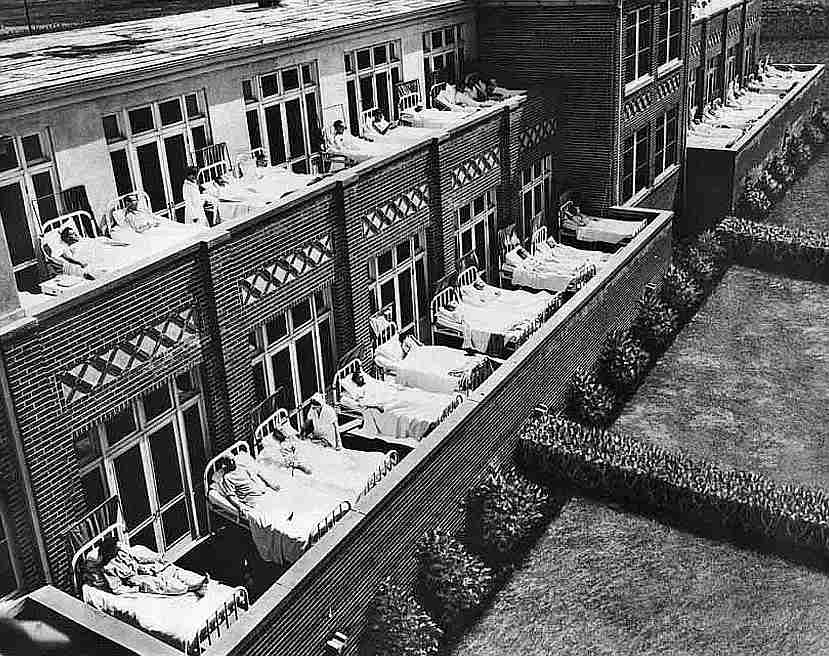
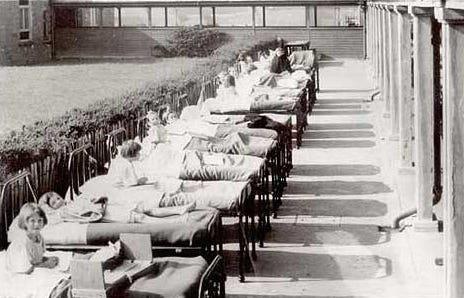

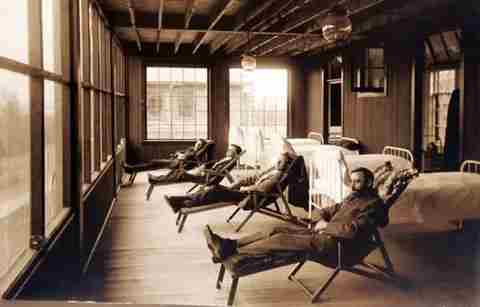


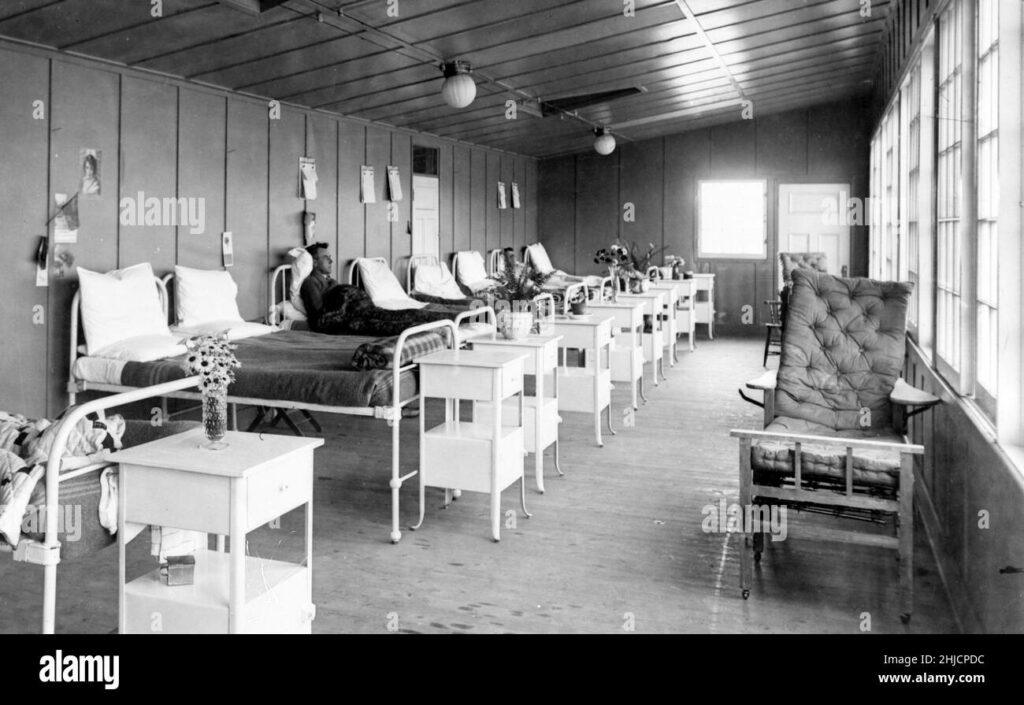
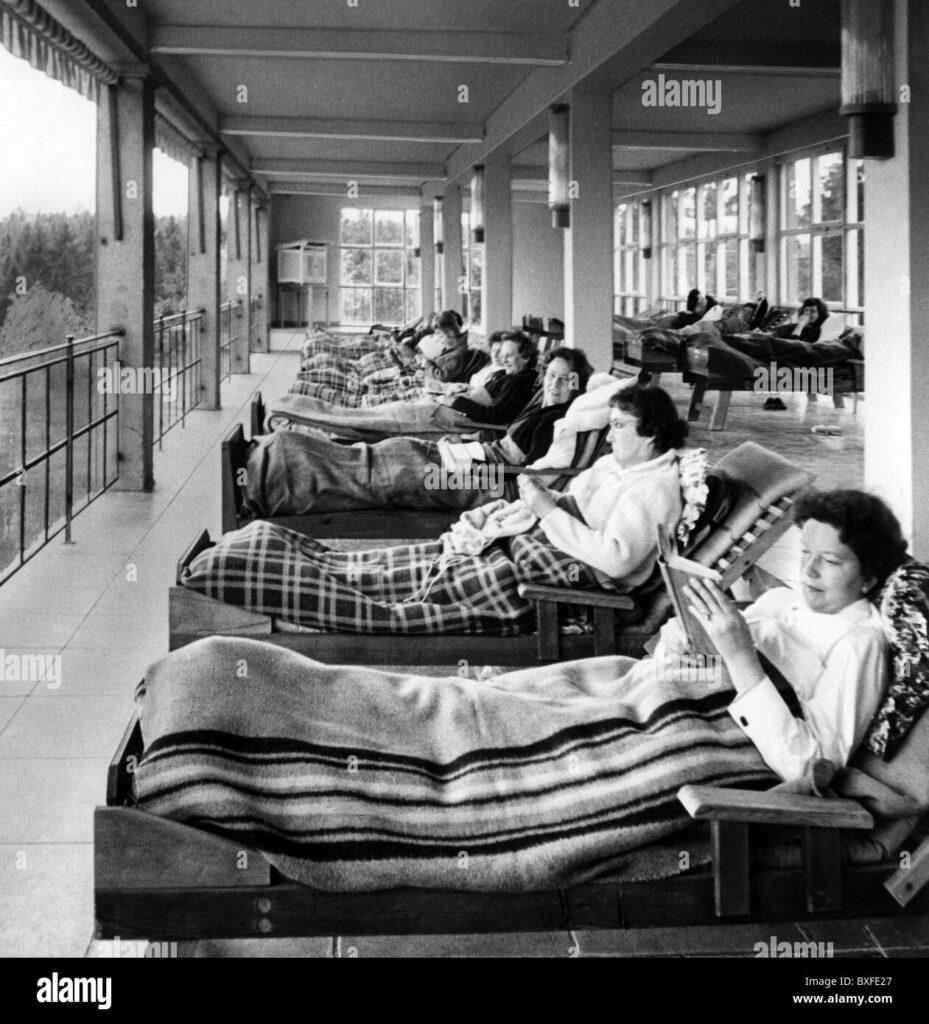
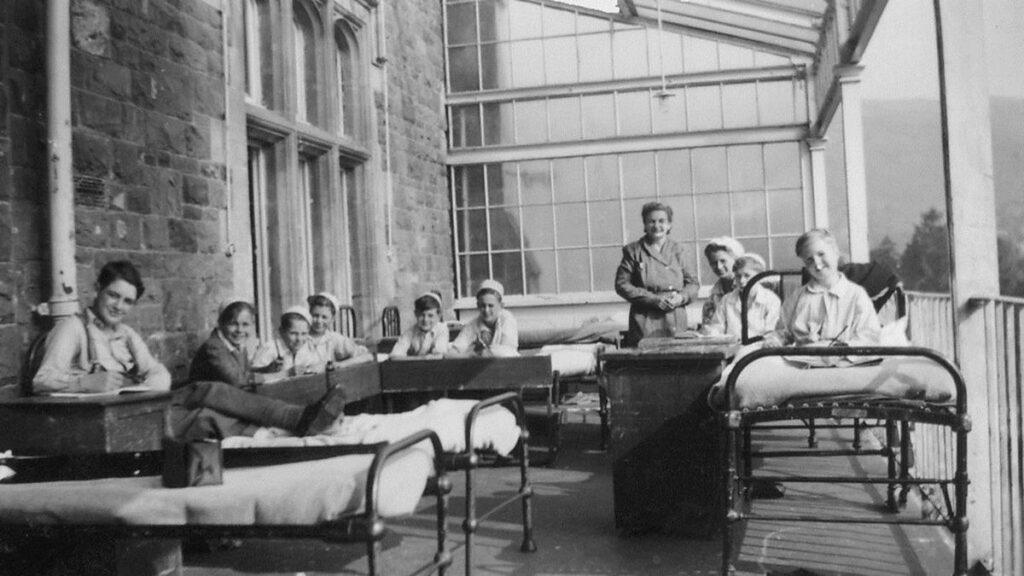

Ruins of Glenn Dale Tuberculosis Hospital in Maryland
